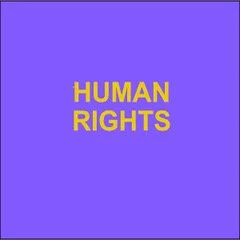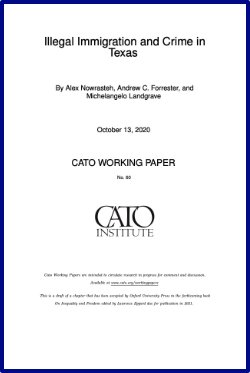By Torrie Hester
Before 1882, the U.S. federal government had never formally deported anyone, but that year an act of Congress made Chinese workers the first group of immigrants eligible for deportation. Over the next forty years, lawmakers and judges expanded deportable categories to include prostitutes, anarchists, the sick, and various kinds of criminals. The history of that lengthening list shaped the policy options U.S. citizens continue to live with into the present.
Deportation covers the uncertain beginnings of American deportation policy and recounts the halting and uncoordinated steps that were taken as it emerged from piecemeal actions in Congress and courtrooms across the country to become an established national policy by the 1920s. Usually viewed from within the nation, deportation policy also plays a part in geopolitics; deportees, after all, have to be sent somewhere. Studying deportations out of the United States as well as the deportation of U.S. citizens back to the United States from abroad, Torrie Hester illustrates that U.S. policy makers were part of a global trend that saw officials from nations around the world either revise older immigrant removal policies or create new ones.
A history of immigration policy in the United States and the world, Deportation chronicles the unsystematic emergence of what has become an internationally recognized legal doctrine, the far-reaching impact of which has forever altered what it means to be an immigrant and a citizen.
Philadelphia: University of Pennsylvania Press, 2017. 252p.





















